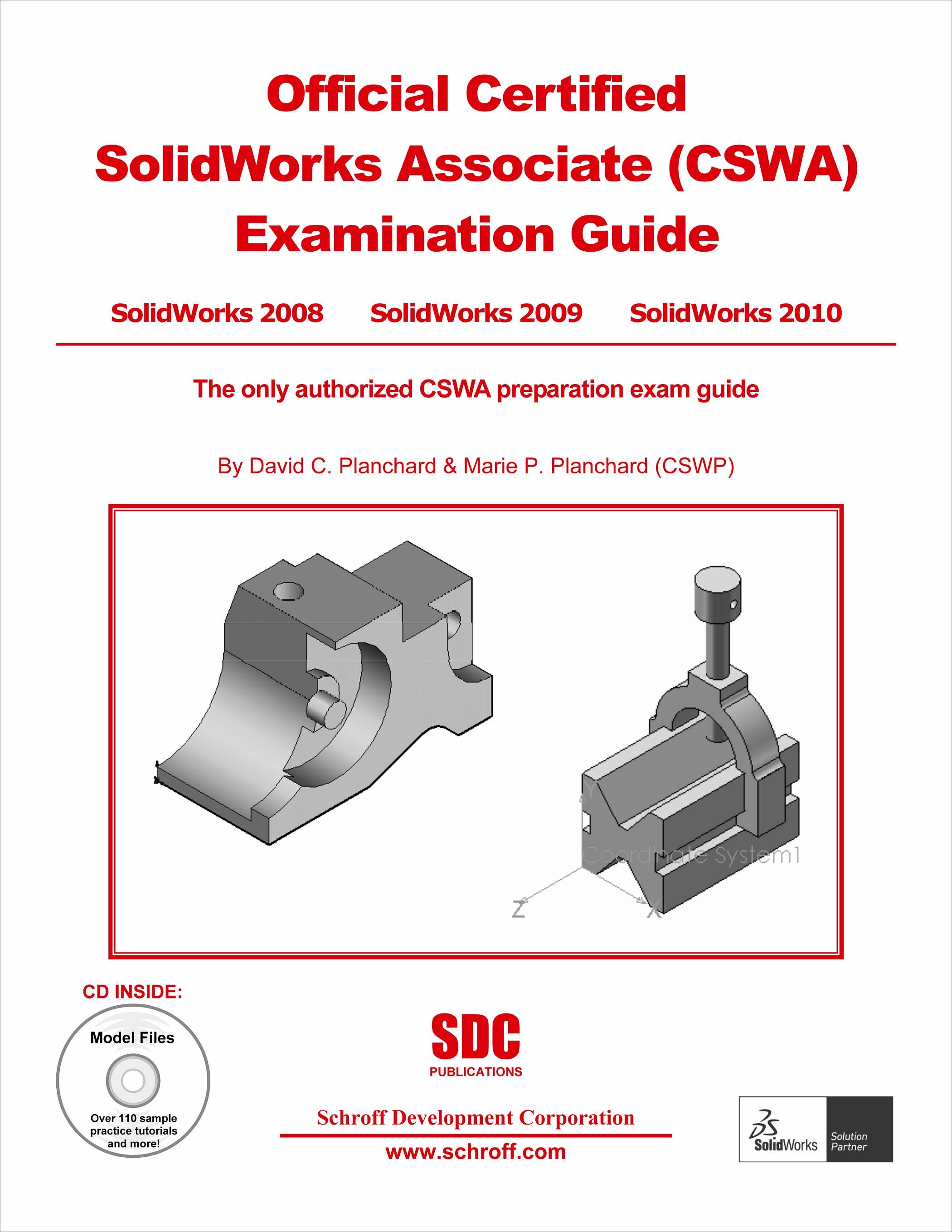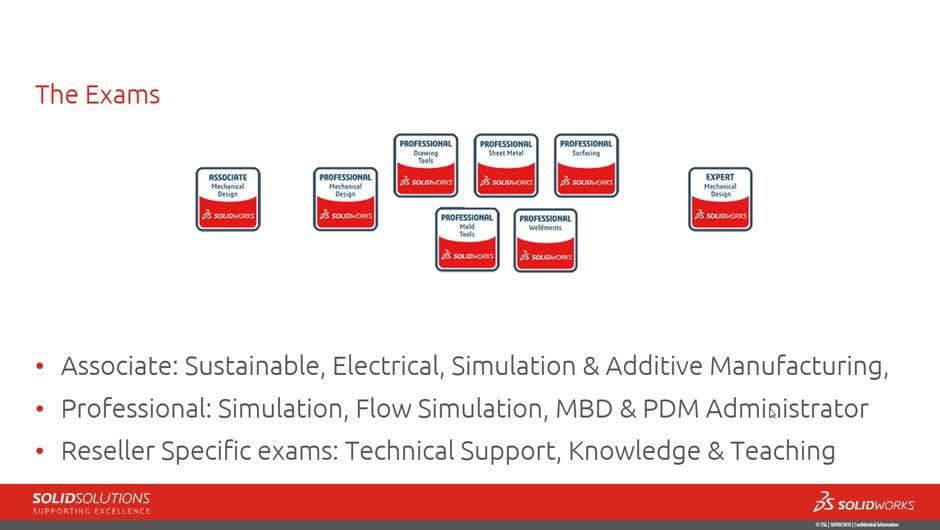

The primary focus of the project is to accurately model the system using industry-standard software packages, and use the system model to optimize the design of the intake and exhaust piping to maximize performance. This was accomplished by optimizing the design of the required restrictor, optimizing the propagation of pressure waves throughout the system, and using forced induction. While there are numerous ways to enhance the performance of a racecar engine, this project focuses on the fluid dynamics of the intake and exhaust systems. The objective of this project is to optimize the performance of a single-cylinder engine that meets the rules set forth by the Formula SAE annual competition. Team: Stephen Sauve (lead), Ryan Baguley, Sadee Hansen, Christian Holbert, Xabier Ovalle When complete, the stability system will allow a paraplegic individual to more safely enjoy the sport of motocross. This crash bar was put in place to protect the rider’s legs should the motorcycle fall over, which is common in motocross. The crash bar is simply a small steel tube that surrounds the legs of the rider. The stability arms look much like bicycle training wheels, and can be raised or lowered by the rider at the push of a button to stabilize the motorcycle at will. The system consists of two main components: a set of stability arms and a crash bar. Because paraplegic individuals cannot prevent the motorcycle from tipping with their legs, another solution is needed. This system will be used by a paraplegic motocross rider to prevent the motorcycle from falling over when it is slowed or stopped.


The goal of the Adaptive Motocross team is to design and manufacture a stability system for an off-road motorcycle.


 0 kommentar(er)
0 kommentar(er)
